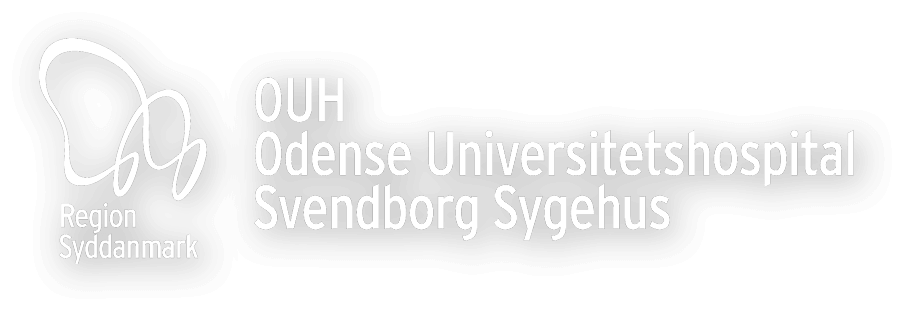WP 7
Pan-enteric Camera Capsule Endoscopy
Primary Investigator: Prof. Robert Steele
WP7 in a nutshell
WP7 covers the conduction of three clinical trials on patients with Crohn’s disease using the new Medtronic capsule for pan-enteric investigation; the Crohn´s Capsule. The Departments of Gastroenterology in Odense, Vejle, and Esbjerg will conduct the research.
Relevance
Ileocolonoscopy is regarded as the golden standard for diagnosing and monitoring Crohn’s disease located in colon and terminal ileum. However, the examination is invasive, associated with patient discomfort and a small risk of colonic perforation.
Crohn’s disease is a chronic gastrointestinal disorder most often diagnosed in young patients and the need for repeated invasive diagnostic procedures is problematic. Furthermore, a complete ileocolonoscopy is not always possible because of technical difficulties or Crohn’s disease located in the terminal ileum.
Aim
The main objective of these studies is to assess non-invasive and ionising radiation-free modalities for diagnosing and monitoring Crohn’s disease.
The first study aims to determine the diagnostic accuracy, feasibility and patient experienced discomfort of pan-enteric capsule endoscopy in suspected Crohn’s disease compared to ileocolonoscopy with biopsies and cross sectional imaging.
The second study examines the ability of pan-enteric capsule endoscopy to monitor treatment response in patients with Crohn’s disease treated with steroids or biological therapy [1].
Design
- A comparative study ofthe diagnosticvalidityof ultrasound, magnetic resonance imaging andcapsule endoscopyofboth the small and large intestine in suspectedCrohn’s disease
- A comparative study ofmagnetic resonance imaging, ultrasound andcapsule endoscopyof the small and large intestine for assessing treatment response in known Crohn’s disease
- A study of the inter-observer agreement for diagnosing Crohn’s disease and assessing disease severity with pan-enteric capsule endoscopy.
A significant limitation with pan-enteric capsule endoscopy is the time-consuming video analysis, and ways to reduce reading times without affecting the diagnostic accuracy would make a big difference in clinical practice. To more efficiently analyse the large scale video data produced by capsule endoscopy exams, automatic image processing and AI algorithms are required. Clinical activity in Crohn’s disease manifests in both qualitative and quantitative measures such as type of lesion and number of lesions. The difference between before and after treatment could most likely benefit from an efficient AI algorithm to eliminate observer variability in manual assessment.
Clinical standards for completeness
It has been demonstrated that the current clinical classification systems for bowel cleanliness are subjective and the inter-observer and even intra-observer agreement to classification is too low to ensure a safe evaluation of the test quality [1].
Therefore, we are in the process of developing an AI algorithm based upon pixel colour analysis for an objective assessment of the bowel cleanliness (see WP 3).
We have also demonstrated that the polyp size estimation done by endoscopists is highly inaccurate [2]leading to a misclassification of patients risk and thereby allocation to the wrong follow-up regimen in up to 30 % of the cases.
A CCE algorithm for size estimation is possible whenever there are more than one picture of a given polyp (more than 99 % of cases) and will improve the quality of screening significantly (see WP 3).
The following study will be performed in collaboration with the MMMI and SATCC Research Unit:
- Autonomous analysis of capsule endoscopyof the small and large intestine in Crohn’s disease
References
- Hausmann, J., et al., Pan-intestinal capsule endoscopy in patients with postoperative Crohn’s disease: a pilot study. Scand J Gastroenterol, 2017. 52(8): p. 840-845.

